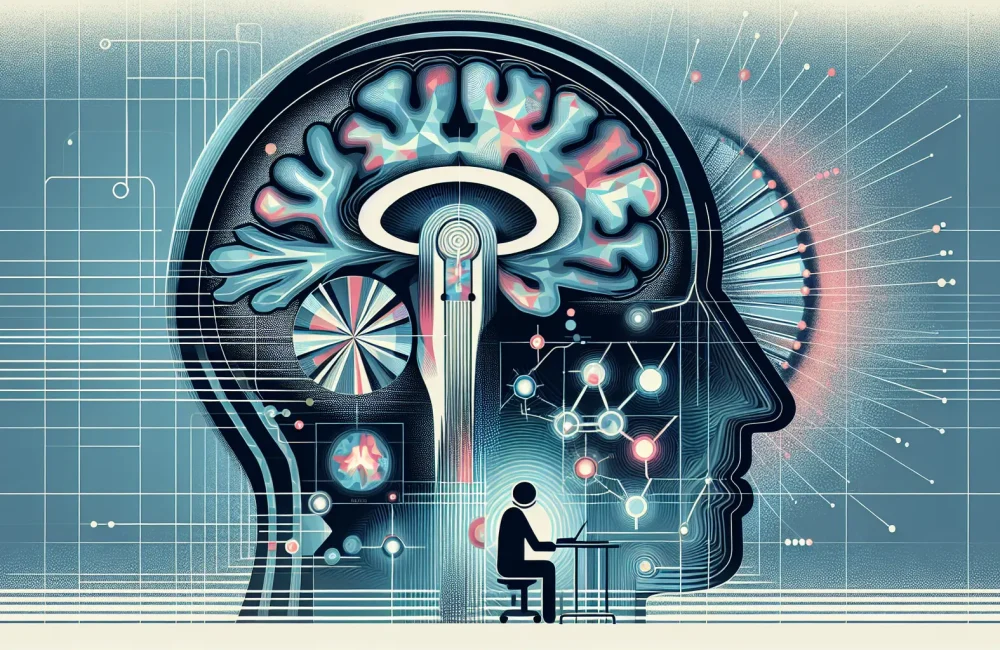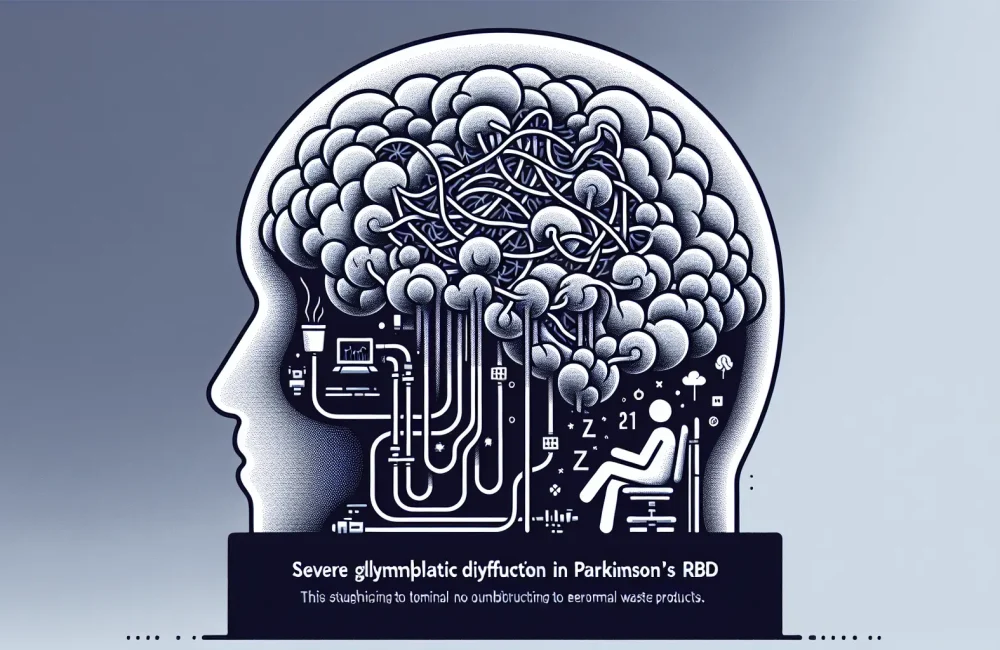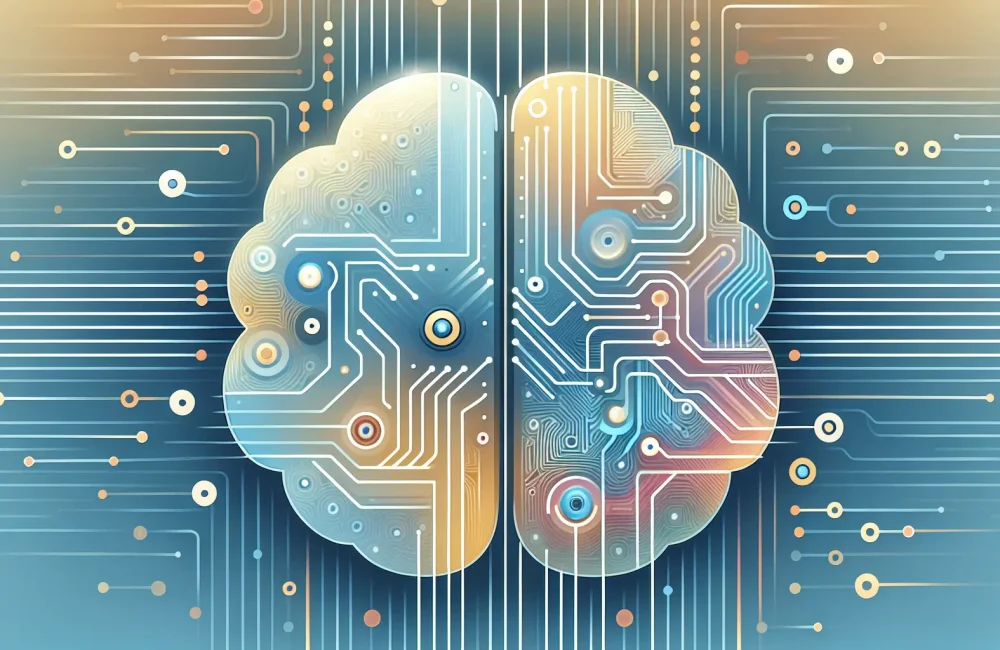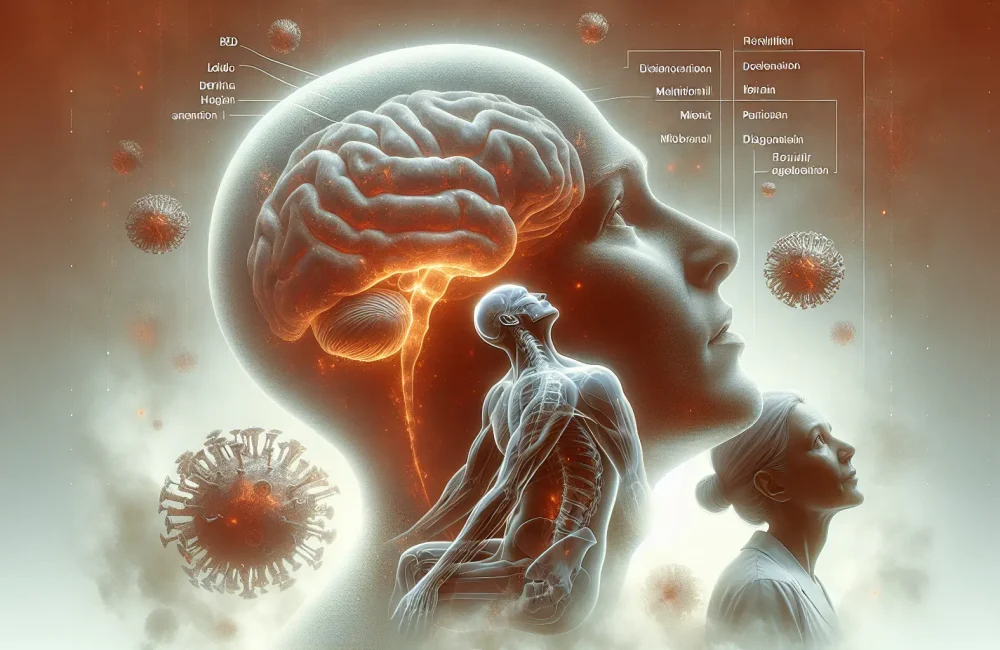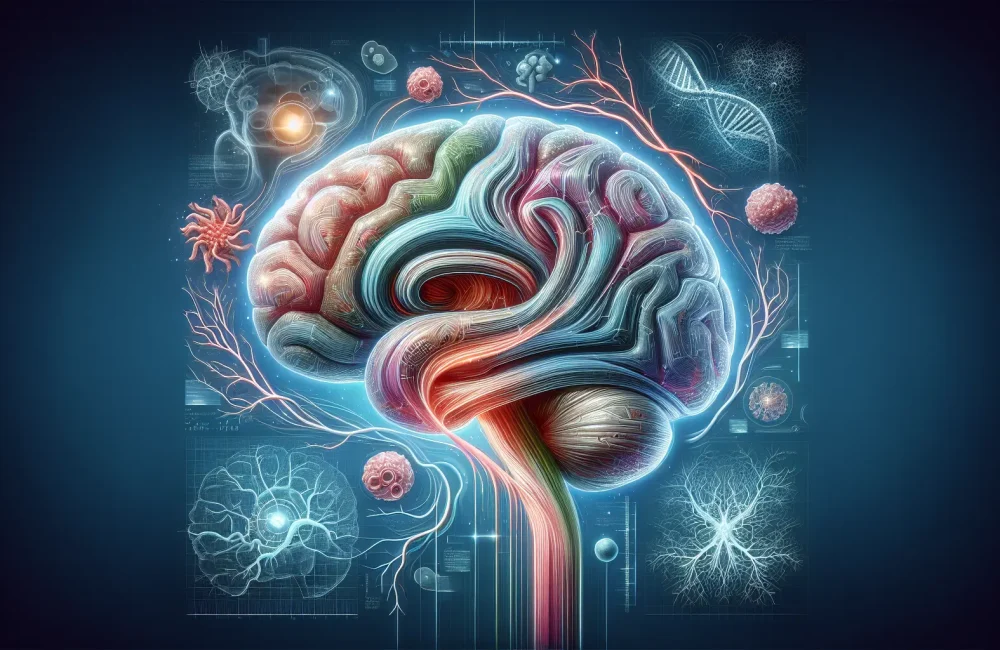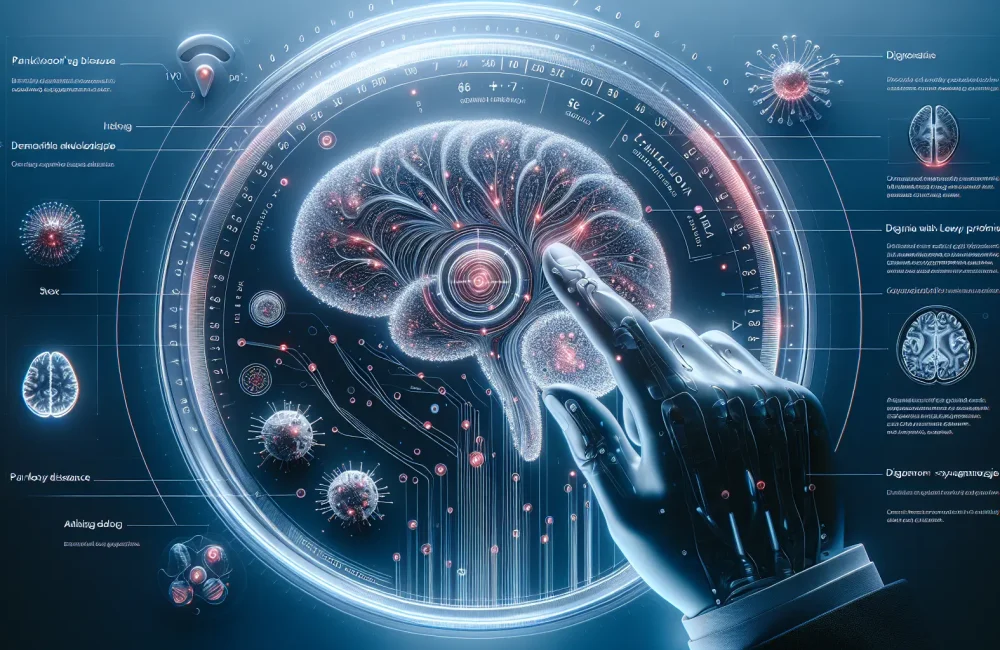By CAFMI AI From Nature Reviews Neurology
Distinct or Spectrum: Understanding Lewy Body Dementias
Dementia with Lewy bodies (DLB) and Parkinson disease dementia (PDD) are two closely related neurodegenerative disorders that prominently feature Lewy bodies—abnormal clumps of alpha-synuclein protein—in the brain. Clinically, these conditions share several hallmark symptoms, including cognitive decline, parkinsonism (movement difficulties similar to Parkinson disease), visual hallucinations, and pronounced fluctuations in cognition and alertness. Despite these overlaps, the primary clinical distinction hinges on the timing of dementia onset relative to parkinsonism symptoms: DLB is diagnosed when dementia either precedes or occurs simultaneously with parkinsonian motor symptoms, whereas PDD is diagnosed when dementia develops after a well-established Parkinson disease diagnosis. Recognizing this distinction is a cornerstone in clinical practice because it guides diagnostic approaches and influences management strategies for affected patients.
From a neuropathological perspective, both DLB and PDD show Lewy body accumulation, but subtle brain changes may differ, potentially influencing disease progression and symptom severity. Neuroimaging and biomarker studies have revealed overlapping yet distinct patterns, reflecting subtle pathophysiological differences. The clinical implication is that while both diseases share mechanisms, they might require tailored diagnostic tools and therapeutic strategies to optimally address patient-specific manifestations. Clinicians should maintain a high index of suspicion for these differences during assessment and diagnosis to optimize care outcomes. This nuanced understanding helps improve diagnostic accuracy and informs prognosis, as well as patient and caregiver counseling.
Challenges in Diagnosis and Management of DLB and PDD
Diagnosing DLB and PDD remains challenging due to their extensive clinical overlap and the limitations of current diagnostic criteria. The differential diagnosis primarily depends on the timing of cognitive impairment relative to motor symptoms, which can sometimes be difficult to pinpoint accurately in clinical settings. This diagnostic ambiguity can lead to misclassification, affecting treatment decisions and patient management.
In clinical management, both DLB and PDD patients may benefit from overlapping treatment strategies targeting cognitive symptoms, motor dysfunction, and neuropsychiatric manifestations such as hallucinations. However, subtle differences in disease progression and symptomatology necessitate individualized therapeutic approaches. For example, patients with DLB may be more sensitive to neuroleptic medications, necessitating careful medication selection to avoid severe adverse effects. The presence of fluctuating cognition and visual hallucinations demands tailored patient monitoring and counseling to improve quality of life and reduce caregiver burden.
Furthermore, the article highlights the importance of multidisciplinary care in managing Lewy body dementias. Integrating neurologists, psychiatrists, primary care providers, and therapists helps address the multifaceted needs of patients, facilitating comprehensive management of both motor and cognitive symptoms. Effective communication and follow-up strategies are essential for monitoring disease progression, adjusting therapies, and providing supportive care.
Future Directions and Clinical Implications
The question of whether DLB and PDD represent distinct diseases or parts of a Lewy body disease spectrum has meaningful clinical implications. Clarifying this relationship impacts clinical trial designs, therapeutic development, and personalized patient care. Ongoing research aims to refine diagnostic criteria, identify robust and specific biomarkers, and unravel molecular mechanisms distinguishing these dementias.
For clinicians, advances in biomarker development—such as cerebrospinal fluid markers and advanced neuroimaging—promise to improve early and accurate diagnosis. This is critical for enrolling appropriate patients in clinical trials and tailoring treatments that may modify disease progression. Additionally, understanding differential pathology can guide prognosis discussions and influence counseling about disease course and management strategies.
The article underscores the need for continued collaboration in research to delineate these dementia syndromes further. It calls for enhanced education of healthcare professionals about Lewy body dementias to improve early recognition and management. Ultimately, this could lead to personalized therapeutic approaches that address the unique clinical features of each patient, improving outcomes and quality of life for individuals living with these challenging neurodegenerative disorders.
Read The Original Publication Here

